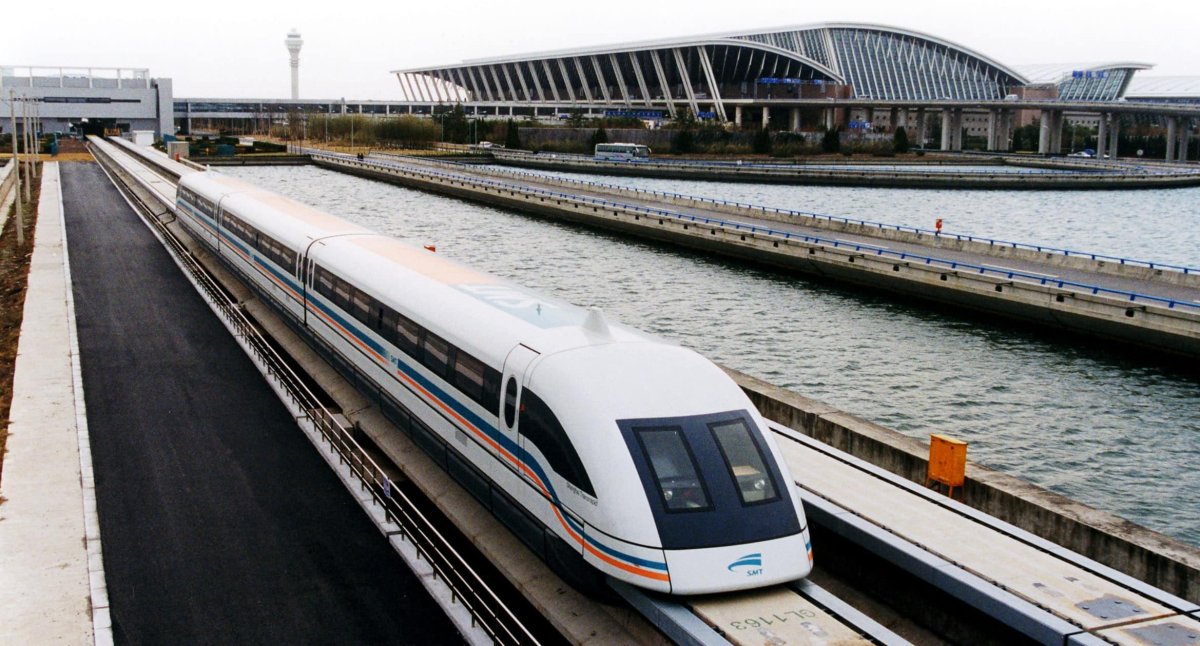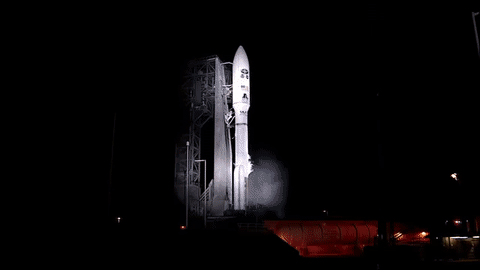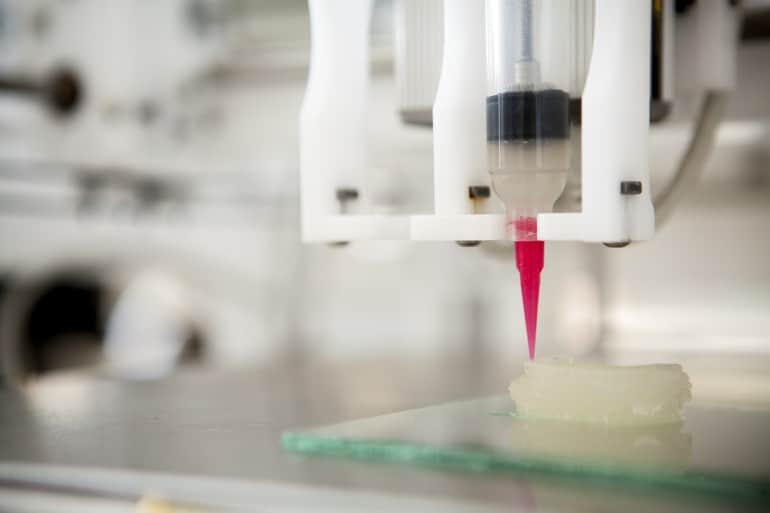
Most of the classic stories attribute Santa Claus’ success to magic. But, what if instead, scientific innovations allowed us to create a real Santa Claus, whose vast array of advanced gadgets continuously ensure a successful Christmas? Let’s take a look at the high-tech accessories the real Santa Claus would need, and how they might be possible thanks to current technology.
Maglev Sleigh
One of the most distinctive aspects of Santa is his flying sleigh, which is said to be able to circumnavigate the globe at Christmas without jet engines or wings. Rather than fly, Santa’s sleigh and reindeer would use magic superconductor electromagnetics. The technology would be similar to that used in magnetic levitating (maglev) trains currently in use in China and Japan.

The fastest speed ever reached by a maglev train is 603 km/h (374 mph), which was achieved by a test train in Japan in April 2015. This sounds impressive, but Santa’s tech would have to eclipse this record. His sleigh would need to levitate over the surface of the Earth at speeds up to 2,000 km/h (1,243 mph). While maglev trains float roughly 10 cm above the track, Santa’s sleigh would need to levitate more than 1 km (0.6 miles) above the Earth during his Christmas deliveries.
Weather Tracking Satellites

To aid in his avoidance of rainfall, storms, and snow blizzards, Santa would need the most advanced weather prediction system on the planet. Thanks to collaborations with the world’s space agencies, our sci-fi Santa would have access to real-time weather data from space satellites.
Once such example includes the recent launch of the NASA GOES-R satellite, one of the most advanced weather satellites ever developed, in November this year. Futuristic St. Nick would combine satellite data with terrestrial weather stations and weather buoys in the world’s oceans to predict the weather with unparalleled accuracy.
Wormhole and Telescopic Technology
Knowing the location of every storm or blizzard is one thing, but Santa would also need to be able to skip around the bad weather when he is about to cross its path. That’s where developments in teleportation and wormhole creation technology come into play. Thus far, we have only managed to teleport quantum information across cities. Therefore, this won’t be a huge help to Mr. Claus. But teleportation likely wouldn’t be Santa’s main means of getting from the roof of your house to your living room.
Wormholes would be a better option for Santa, as he could instantly skip around bad weather, the oceans or barely inhabited parts of the Earth such as Antarctica. Predicted by Einstein and many others, the existence of wormholes has yet to be confirmed. Perhaps the James Webb Telescope, the successor to the Hubble Space Telescope scheduled for launch in 2018, could provide observational evidence for wormholes.
3D Bioprinting

Levitating reindeer, advanced weather predictions, and wormholes would certainly speed things up for sci-fi Santa. However, nowadays he’d be faced with the prospect of visiting more than 350 million homes worldwide, which amounts to 3,000 homes per second.
Using undifferentiated stem cells, Santa could produce copies of himself with a 3D bioprinter. 3D printing has been traditionally used for engineering or medical applications but now scientists are taking 3D printing into the bioprinting realm.
One of the most advanced bioprinters on the planet is known as ITOP or the Integrated Tissue-Organ Printer, developed by Anthony Atala and his team at the Wake Forest Institute for Regenerative Medicine (WFIRM) in North Carolina, USA. The impressive ITOP can print tissue, cartilage and bone.
However, Santa’s version would have to go beyond ITOP, as it would need to produce Helper Santas in real-time. Imagine bioprinting replacement organs for patients as soon as they’re requested. In the future, the donation of organs could be a thing of the past.
It’s clear that science still has a long way to go before it can match up to the magic described in The Night Before Christmas. If we ever do create enough technology to support a real Santa Claus though, he would have numerous innovators, inventors, and scientists to thank for getting him through the holiday.
Barry Fitzgerald, a postdoctoral researcher at the Delft University of Technology in the Netherlands, is the author of ‘Secret Science of Santa Claus’ which can be purchased here.